Centro Cultural Sejong (세종문화회관)
10.8Km 2023-10-30
Sejong-daero 175, Jongno-gu, Seúl
El Centro Cultural Sejong fue construido en 1978 en Gwanghwamun. Tiene un teatro grande, un teatro pequeño, una galería de arte y otros lugares para albergar varias clases de actuaciones y exhibiciones. El teatro grande del Centro Sejong, su escaparate principal, tiene el mayor órgano de tubos de Asia, y un escenario majestuoso. Puede alojar a 3.822 personas, y su escenario puede transformarse para ajustarse a muchas clases de actuaciones diferentes, como conciertos, obras, ballets y películas, para acentuar sus mejores cualidades. El sistema de iluminación y sonido del escenario, digno de los teatros más grandes, están controlados por ordenador para un control de precisión. El teatro pequeño puede alojar a 442 personas en sus dos pisos, y el escenario es muy grande, considerando el tamaño del teatro pequeño –unas 100 personas pueden estar en el escenario al mismo tiempo-. La galería de arte del Centro Sejong está compuesta en realidad por tres galerías, una en el edificio principal, otra en el edificio anexo y otra más en la sección del Centro añadida recientemente. Las tres son lugares de exhibición vanguardistas. También hay una tienda de arte, salas de conferencias para artistas y muchas salas espaciosas en donde puede relajarse. Incluso si no está aquí para ver ninguna exposición, es un lugar que vale la pena recorrer.
Saewha Hostel (세화호스텔)
10.8Km 2025-07-23
50, Samil-daero 32ga-gil, Jongno-gu, Seoul
Bongpiyang (봉피양)
10.8Km 2021-04-20
1-4, Yangjae-daero 71-gil, Songpa-gu, Seoul
+82-2-415-5527
Operated by Byeokje Galbi restaurant, Bongpiyang (Bangi Branch) is the main store, featuring Pyeongyang-style naengmyeon (cold buckwheat noodles) and dwaejigalbi (pork ribs). In particular, the combinations of deep meat broth and high-purity buckwheat noodles give a great taste.
Sadongmyeonok (사동면옥)
10.8Km 2021-12-17
9, Insadong, 8-gil, Jongno-gu, Seoul
+82-2-735-7393
A store with over 35 years’ experience that sells Hwanghaedo-style dumplings. The best menu at this restaurant is dumpling hot pot. This Korean dishes restaurant is located in Jongno-gu, Seoul.
Museo del Tteok (떡박물관)
10.8Km 2021-07-16
Donhwamun-ro 71, Jongno-gu, Seúl.
En este lugar se encuentran en exposición diferentes utensilios y artículos que se utilizan para preparar el tteok (pastelillos dulces de arroz de distintos sabores y formas); infusiones y licores tradicionales que son ideles para acompañarlos en cualquier ocasión. El tteok es un tipo de postre coreano que presenta miles de variedades y sabores. La receta de cada tipo de tteok es muy científica y sabe exactamente cómo respetar los ingredientes para obtener un resultado sublime en cuanto al sabor, propiedades nutricionales, textura y aroma.
Byeokje Galbi Bangi(벽제갈비 방이)
10.8Km 2020-12-24
1-4 Yangjae-daero 71-gil Songpa-gu Seoul
+82-2-415-5522
Only the top 1% Hanwoo (Korean beef) is used. This Korean dishes restaurant is located in Songpa-gu, Seoul. The representative menu is rib eye steak.
Estatua del Almirante Yi Sun-shin (충무공 이순신 동상)
10.9Km 2021-03-05
Sejong-daero 175, Jongno-gu, Seúl.
La estatua del Almirante Yi Sun-shin fue erigida enfrente de la Plaza Gwanghwamun el 27 de abril de 1968 en honor al valiente espíritu y liderazgo del almirante. Con 17 metros de altura, esta estauta de bronce muestra al almirante con una espada en su mano derecha, representando la protección y el patriotismo. Enfrente de la estatua hay un barco tortuga en miniatura, y en cada esquina hay dos tambores que se usaban incrementar la moral de las tropas en el campo de batalla.
Hi Seoul Youth Hostel (하이서울유스호스텔)
10.9Km 2021-06-30
200, Yeongsin-ro, Yeongdeungpo-gu, Seoul
+82-2-2677-1779
Hi Seoul Youth Hostel offers quality service and facilities to ensure a relaxing vacation. The hostel is easily accessible via Seoul subway on lines 2 and 5. In addition to 95 rooms, Hi Seoul Youth Hostel has a convention hall, conference room, and a seminar room that are suited for group trips and events. The hostel also offers diverse cultural programs to encourage cultural exchange during guests' stay.
Gaeseong Mandu Koong (개성만두 궁)
10.9Km 2021-03-24
11-3, Insadong 10-gil, Jongno-gu, Seoul
+82-2-733-9240
Gaeseong Mandu Koong has served Gaeseong-style mandu (dumplings) for more than 30 years. The elderly proprietor, who fled south during the Korean War runs this restaurant with the help of her granddaughters. Characterized by its delicate taste, Gaeseong mandu stuffing consists of pork and various vegetables such as Chinese cabbage and pumpkin. This restaurant's mandu is so popular that it sometimes gets sold out even before evening. Typical menu includes mandu-jeongol (hot pot) and mandu-guk (soup). The hot pot is made of various ingredients including mandu, rice cakes, mushrooms, and meat, and serves two to three persons. For several persons, it's recommended to eat bossam (boiled meat slices wrapped in lettuce leaves or kimchi) and Korean-style pancakes.
Balwoo Gongyang (발우공양)
10.9Km 2025-05-29
56 Ujeongguk-ro, Jongno-gu, Seoul
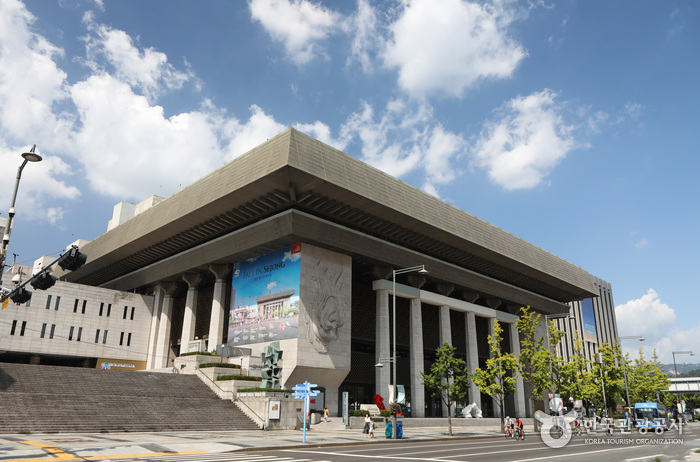
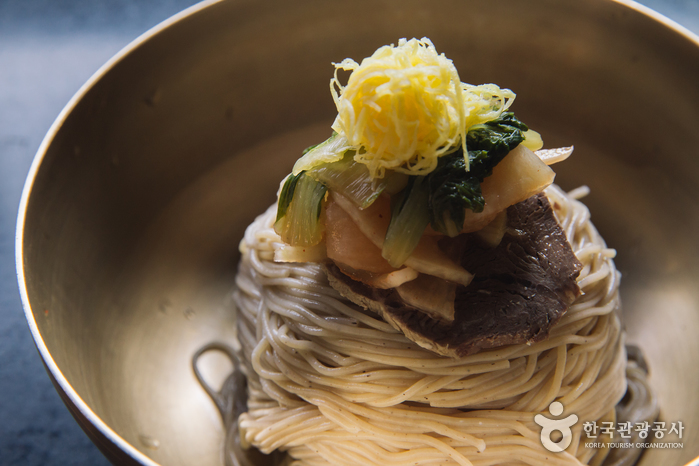

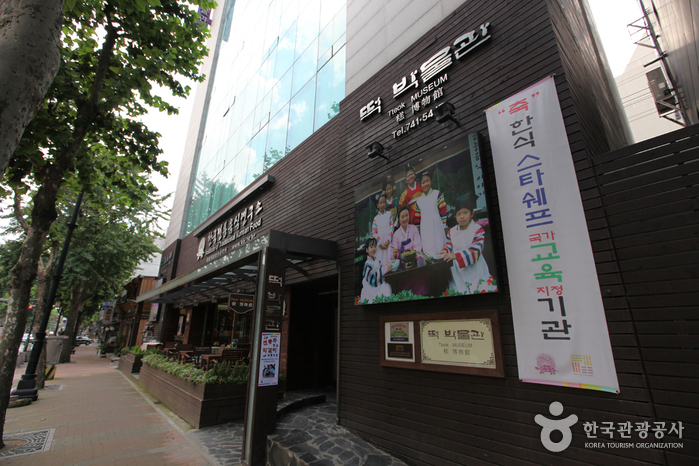
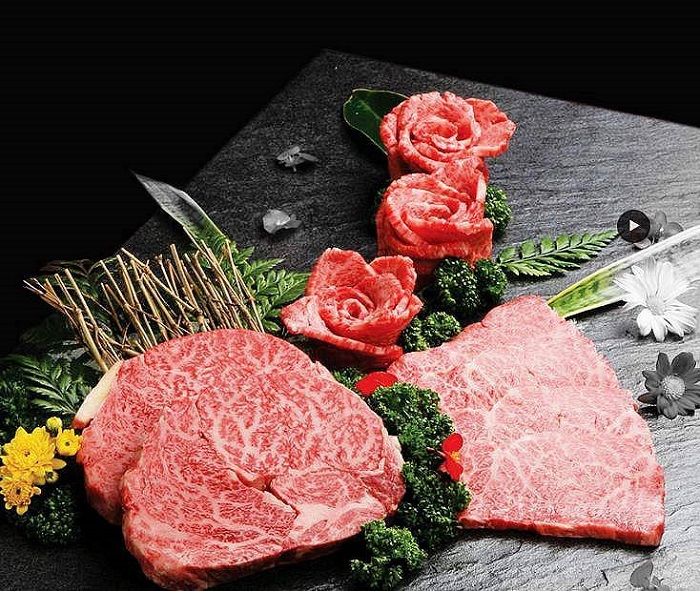
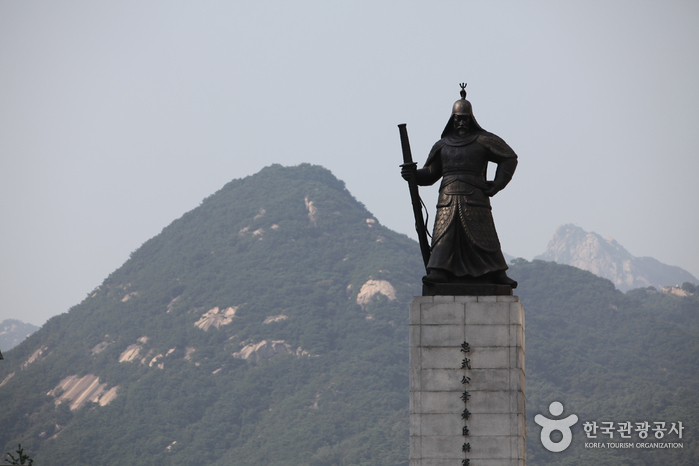
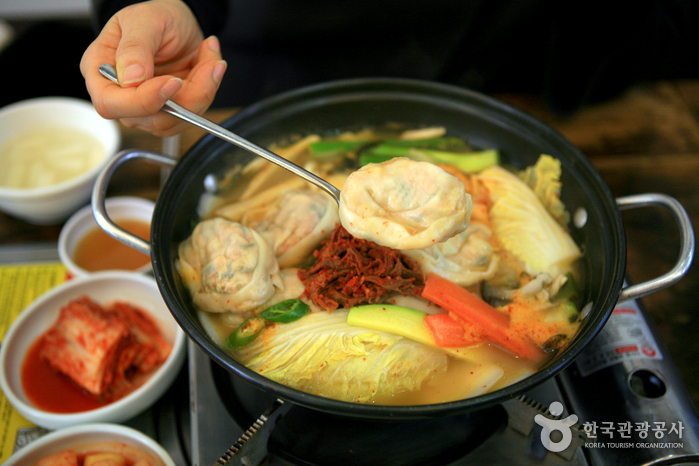
 Español
Español
 한국어
한국어 English
English 日本語
日本語 中文(简体)
中文(简体) Deutsch
Deutsch Français
Français Русский
Русский